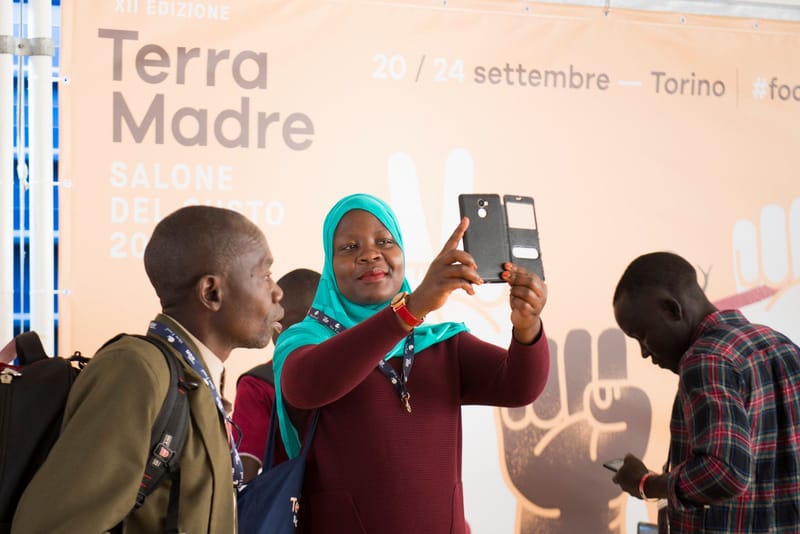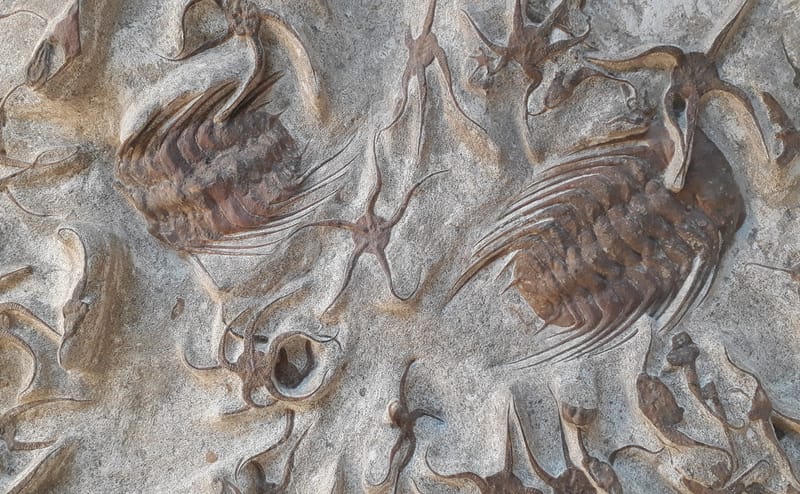Walks, more and more tourists in Italy traveling 'slow'
An Enit and Touring Club study brings order to Italy's camini and related tourism offerings: 100 routes identified for a total of about 30,000 km. And demand is growing

An Enit and Touring Club study puts in order the Italian hiking trails and related tourist offerings: 100 routes identified for about 30 thousand km in total, analyzing among them the most visible in the eyes of potential users, i.e., those with dedicated tourist websites, 63 in all. The research also protagonist at Bit in Milan and carried out in collaboration with Ipsos puts the emphasis on excursion tourism, i.e., an itinerant tourism, carried out mainly on foot in generally rural or mountainous contexts for naturalistic, religious/spiritual or psychophysical well-being reasons.
The study reports the results of a demoscopic survey conducted between August 15 and September 15, 2023 on representative samples of the Italian (1,000 cases), French, English and German (500 cases per country) population using a CAWI method.
Great attention was also paid to slow tourism (walking and cycling): in Italy an estimated 3.6 million practitioners (those who have already experienced this type of tourism and would like to do so in the future), in France 4.8 million, 5.6 in Germany and 7.1 in the UK. For all these markets, the favorite country for a slow vacation is always Italy. The regions chosen by Italians see Trentino-Alto Adige in first place (followed by Tuscany, Umbria and Sicily), the French and British Sicily (and Tuscany in second place) and the Germans Tuscany, followed by Sicily.
Hiking tourism (walking only) is also gaining slices of the market, with an estimated 2.7 million practitioners in Italy at last, 4.5 million in France, 4.6 in Germany and 5.4 in the U.K.
"Slow tourism represents a fast-growing segment that also favors sustainability especially in terms of seasonal adjustment, decongestion of flows and creation of new job opportunities. In addition, it is a way of traveling that goes well with food and wine, an identity factor known throughout the world and with a very strong power of attraction for Italian and foreign tourists. Systematizing the caminos as a tourism product, with their specific identities and homogeneity, is one of the government's tourism challenges. The religious paths - on which in the last budget law we allocated an additional 15 million, for a total amount of more than 19 -, then, constitute a valuable opportunity in view of the Jubilee 2025, which will see more than 30 million tourists arrive in the capital alone. An appointment, this one, that should not find us unprepared. Instead, we need to work together-the ministry, regions and managers of the paths-establishing a roadmap of interventions in the areas of practicability, signage, ancillary services and targeted communication campaigns," says Tourism Minister Daniela Santanchè.
"The importance of developing tourism related to the paths lies in the fact that this form of tourism offers a unique, enriching and sustainable experience for both travelers and local communities. Walks are a cultural and spiritual heritage of inestimable value, and it makes it possible to promote the preservation and enhancement of historical and cultural routes. Walks represent ancient communication routes that have played a key role in the history of local people. Through well-managed tourism, it is possible to preserve and protect these routes, ensuring the preservation of the cultural and historical heritage of the regions involved. An economic development opportunity for local communities. Visitors who walk the trails need services such as accommodations, restaurants, tour guides, and transportation. This demand creates a number of job opportunities for local people, thus contributing to the improvement of the economic conditions of the communities concerned. In addition, tourism related to the walks can foster the emergence of local craft and production activities, allowing communities to enhance their traditions and resources," comments Ivana Jelinic President and Ceo Enit.
[c.s.]






